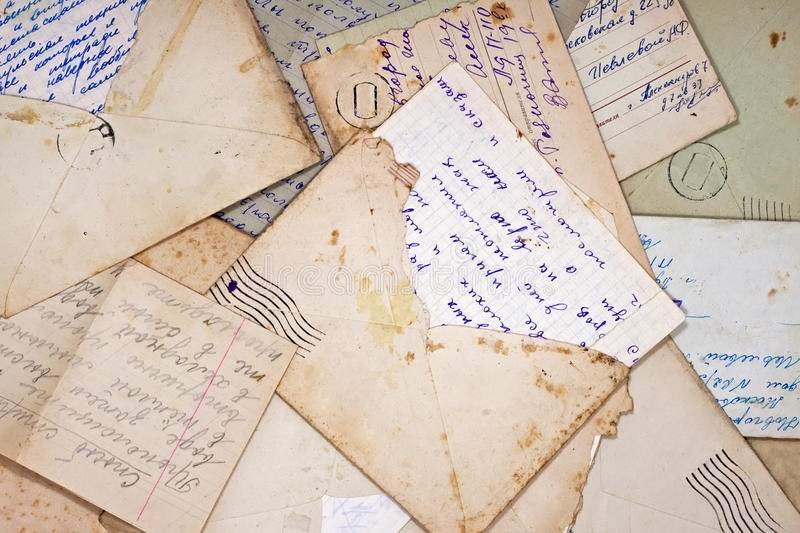Table of Contents
LETTERS IN LITERATURE: OLDER READERS
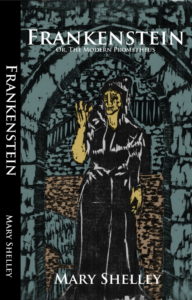 |
Letters feature prominently in Mary Shelley’s classic novel Frankenstein, originally written in 1818 and now available in many editions. Often found on high-school recommended reading lists, it’s a good pick for book clubs, since is a great read and a terrific discussion-promoter. |
| The complete text of Mary Shelley’s Frankenstein, or the Modern Prometheus is online at Project Gutenberg. | |
| There are dozens of films based on the book, beginning with Frankenstein (1931) with Boris Karloff as the Monster. A 2015 version stars James McAvoy as Victor Frankenstein and Daniel Radcliffe – yes, Harry Potter! – as Igor. | |
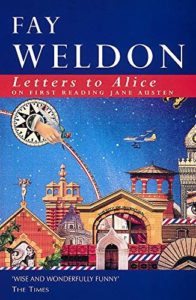 |
In Fay Weldon’s Letters to Alice on First Reading Jane Austen (Basic Books, 1999), Alice – who is 18 and dyes her hair green – is being forced to read Jane Austen, whom she loathes. Aunt Fay puts Jane in another light, in a series of witty and well-informed letters about life and literature, then and now. For ages 12 and up. |
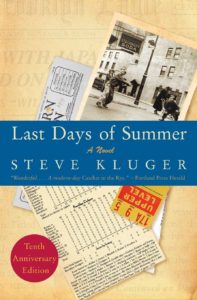 |
Steve Kluger’s The Last Days of Summer (Perennial, 2002) – written in letters, journal entries, memos, report cards, and newspaper clippings – is set in Brooklyn in the 1940s. The main character is precocious young baseball fan Joey Margolis who has a lot on his plate: his parents are divorced (and father thoroughly absent); he’s Jewish, living in an Italian anti-Semitic neighborhood; and his best friend, Craig Nakamura, is sent with his family to a Japanese internment camp. In the course of all this, Joey forges an unlikely friendship with Charlie Banks, down-to-earth Midwestern player for the New York Giants. It’s funny, poignant, heartbreaking, and joyful. For ages 13 and up. |
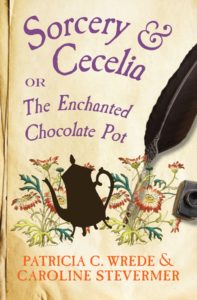 |
By Patricia Wrede and Caroline Stevermer, Sorcery and Cecelia, or The Enchanted Chocolate Pot (Houghton Mifflin Harcourt, 2004) might be just the thing for those who have outgrown (or exhausted) Harry Potter, but miss him. The book is written as a series of letters between cousins Kate and Cecelia, and is set in an alternative Jane-Austen-era England, this one populated with wizards and magic. So far: two sequels. For ages 12 and up. |
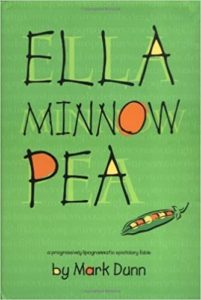 |
The star of Mark Dunn’s Ella Minnow Pea (Anchor Books, 2002) lives on the island of Nollop, named for the inventor of the famous pangram “The quick brown fox jumps over the lazy dog.” (A pangram is a sentence that uses every letter of the alphabet.) (Challenge! Invent some of your own.) When the letters of the pangram begin dropping off the memorial statue of Nollop, the island Council bans the lost letters from the alphabet. As more and more letters are lost and language becomes increasingly restricted, the islanders – among them 18-year-old Ella – begin to rebel. The story is told in letters, which become both inventive and difficult to write as increasing numbers of letters are banned. (Ella Minnow Pea = LMNOP.) A great read for teenagers and adults. |
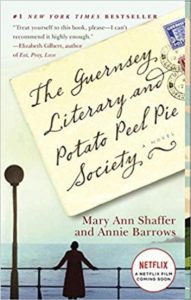 |
By Mary Ann Shaffer and Annie Barrows, The Guernsey Literary and Potato Peel Pie Society (Dial Press, 2009), begins in January 1946 when writer Juliet Ashton receives a grateful letter from Guernsey pig farmer Dawsey Adams, who has acquired a copy of Charles Lamb’s essays that once belonged to her. This is the beginning of a wonderful correspondence between Juliet and the inhabitants of Guernsey, who formed their literary society during the dark times of the Nazi occupation. A wonderful story, rich with history, distinctive characters, everyday and not-so-everyday heroes, humor, sadness, and joy. For ages 13 and up. |
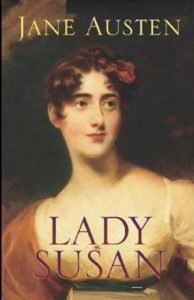 |
In Jane Austen’s Lady Susan (Dover Publications, 2005), the beautiful and recently widowed Lady Susan Vernon plots to find herself a new husband and to secure an advantageous marriage for her daughter. The story is told entirely through letters. For ages 13 and up. |
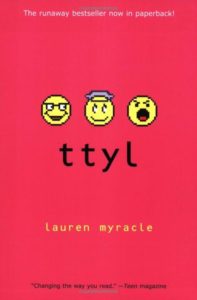 |
Lauren Myracle’s ttyl (Amulet Books, 2005) is the story of three 16-year-old girls and their fraught high-school experiences, recounted through instant messages. If you like this one, there are several other books by Myracle in the same format. For ages 13 and up. |
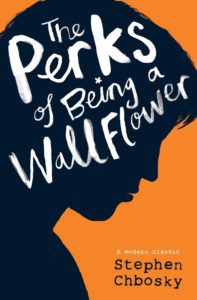 |
The wallflower of Stephen Chbosky’s The Perks of Being a Wallflower is odd, awkward, and bright high-school freshman Charlie, friendless since his best friend’s suicide. Charlie is adopted in the course of the book by Patrick and Samantha (Sam), step-siblings, and their circle of friends, and the book deals with the many problems and perils of modern growing up, among them drugs, alcohol, sex, and – in Charlie’s case, childhood sexual abuse and depression. The book is written in the form of letters by Charlie to an anonymous friend. Painful, funny, and ultimately hopeful. A good pick for kids who loved Catcher in the Rye. For ages 15 and up. |
| The film version of The Perks of Being a Wallflower (2012) is rated PG-13. | |
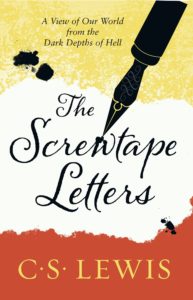 |
C.S. Lewis’s The Screwtape Letters (HarperCollins, 2009), originally published in 1942, is a series of fascinating, philosophical, funny, and gripping letters written from Screwtape, a very senior demon, to his muddling nephew Wormwood, sent to earth to tempt a wavering young man away from “the Enemy” (God) and into the depths of sin. Thought- and discussion-provoking for teenagers and adults. |
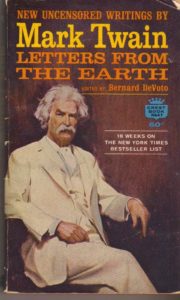 |
In Mark Twain’s Letters from the Earth (Empire Books, 2013) – originally written in 1910, but not published until long after Twain’s death – the writer of the letters is Lucifer, reporting back to angels Michael and Gabriel on the state of the human race. The letters, and accompanying essays, are Twain’s irreverent, funny, and bitter reflections on life, religion, and the human condition. (Twain on the Bible: “It has noble poetry in it; and some clever fables; and some blood-drenched history; and some good morals; and a wealth of obscenity; and upwards of a thousand lies.”) For teenagers and adults. |
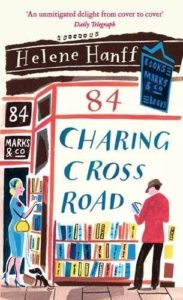 |
Helene Hanff’s 84 Charing Cross Road (Penguin, 1990) is a delightful exchange of letters between Hanff, a NYC-based writer with a love for classical literature, and a little British used-book store, beginning shortly after World War II. For teenagers and adults. |
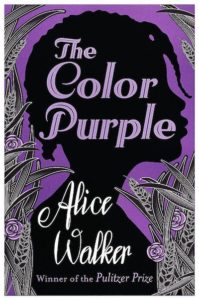 |
Alice Walker’s Pulitzer-Prize-winning The Color Purple (Mariner Books, 2003)– set in rural Georgia in the 1930s and written in the form of letters – is a painful and powerful story of black women, primarily the 20-year saga of Celie, raped and beaten at the age of 14 by Alphonso, whom she believes to be her father. The book repeatedly appears on the American Library Association’s Most Frequently Challenged list for sexual content and violence. What it is, however, is an extraordinary story of survival in the face of awful odds. For teenagers and adults. |
| The film version of The Color Purple (1985), directed by Steven Spielberg, stars Danny Glover, Whoopi Goldberg, and Oprah Winfrey. Rated PG-13. | |
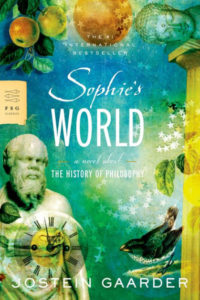 |
In Jorstein Gaarder’s Sophie’s World (Farrar, Straus, and Giroux, 2007), fourteen-year-old Sophie Amundsen is given a tour of the history of philosophy (from Socrates to Sartre) through letters in big brown envelopes that appear in her mailbox. A mix of fantasy novel and philosophical education for teens and adults. |
| Also see Philosophy. |
